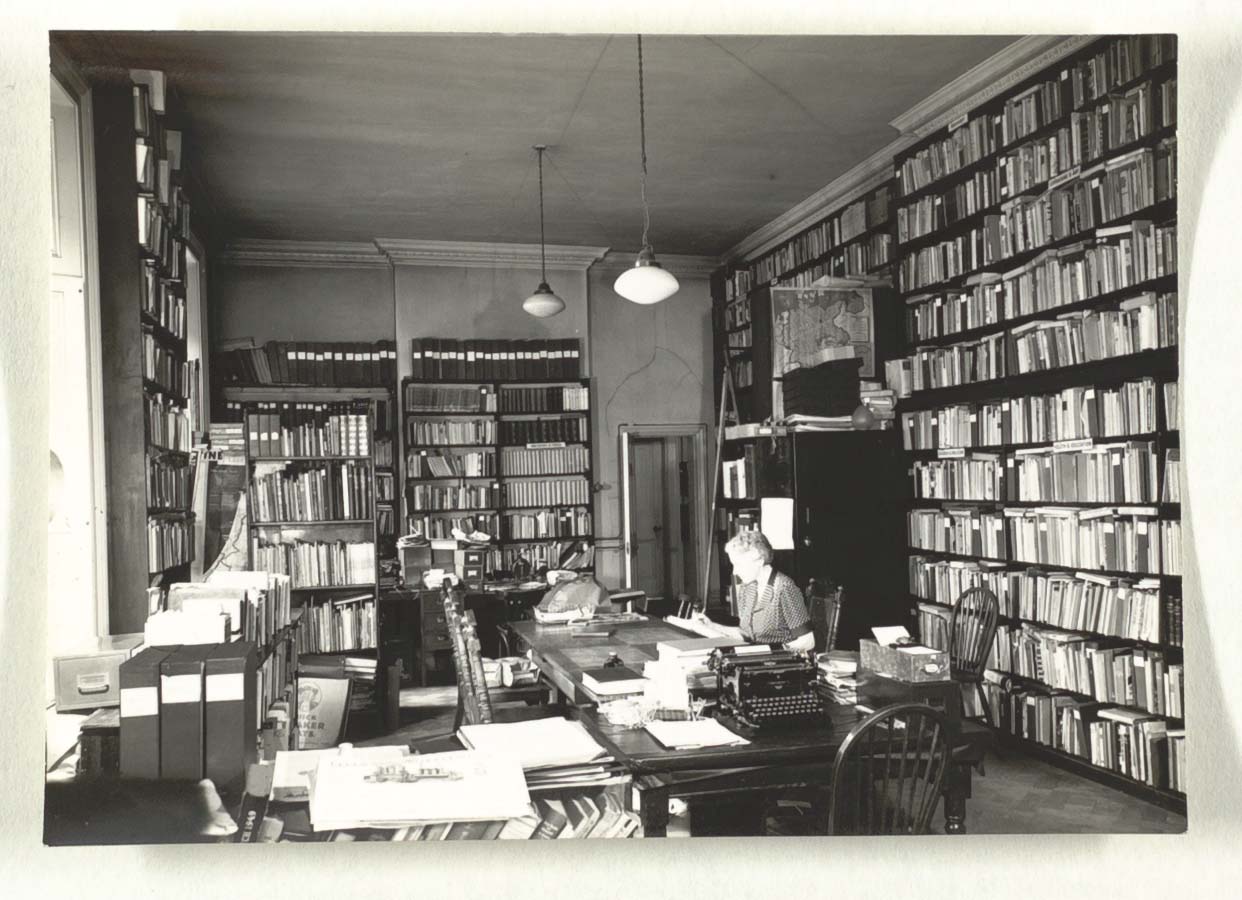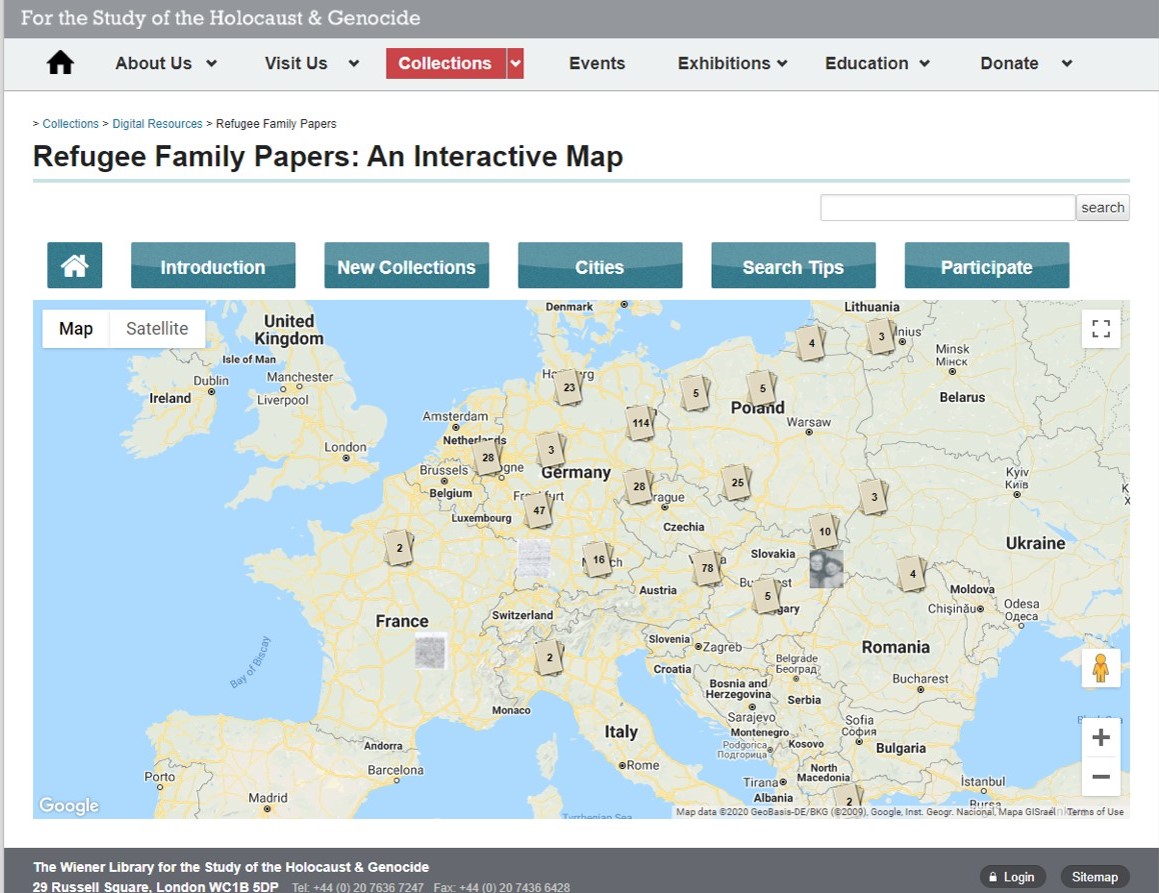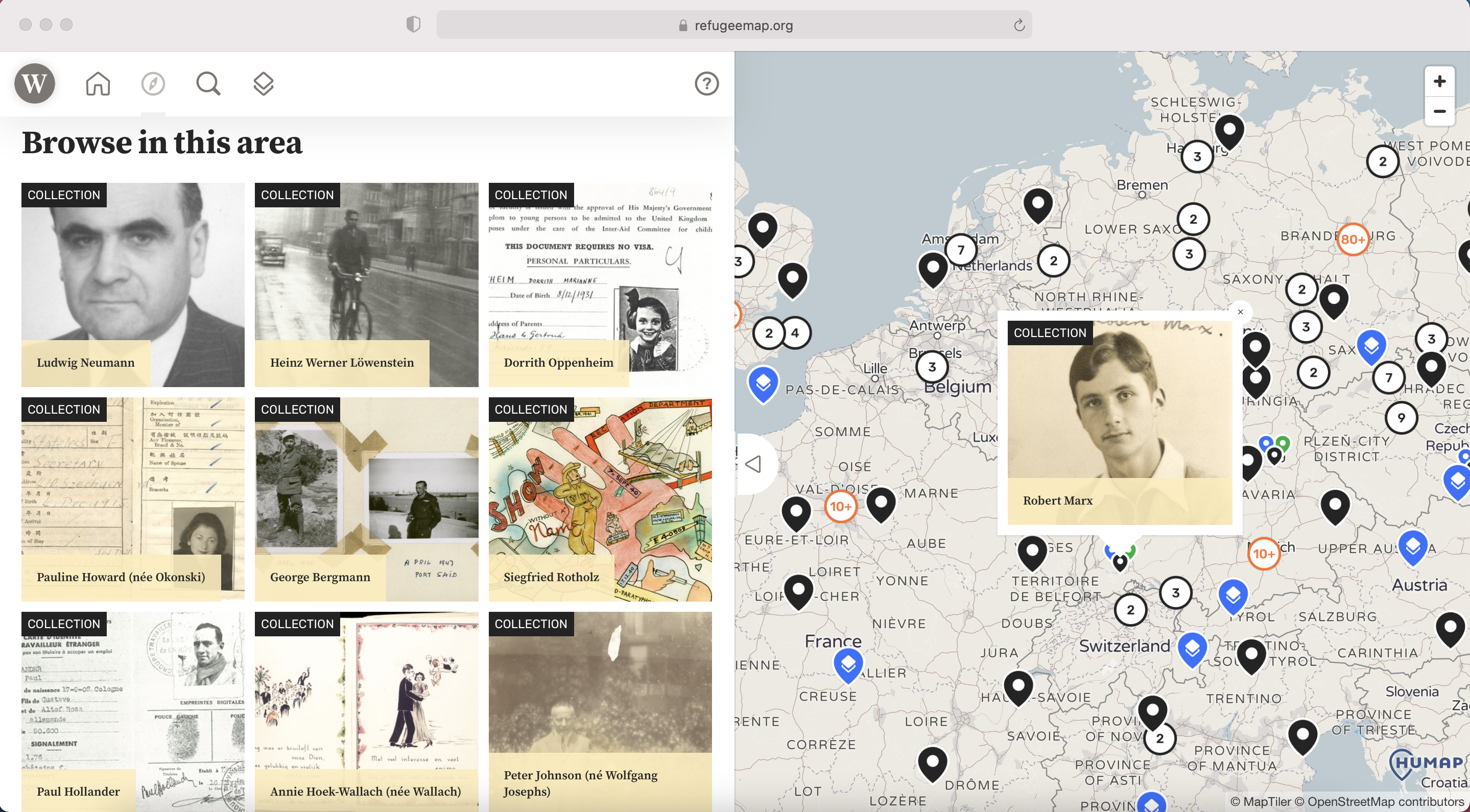Why Humap?
Humap turns huge amounts of information into bitesized, multimedia slices of content. Every record can easily be shared and can contain a call to action that invites the reader to explore further, in this case, to dive into the Library’s catalogue.
This empowers the Refugee Map to emphasise individual human stories while emphasising the size and scope of the Holocaust.. The thoughtful and beautiful curation efforts of the Library team have created a visually appealing and extremely intuitive digital resource.
Humap also removes the burden of hosting and maintenance. The Library is free to digitise and distribute their collections without the time and fiscal cost associated with building, user-testing, and maintaining a dedicated platform.
Want to know more about Humap for cultural heritage? Check out our use case page.








